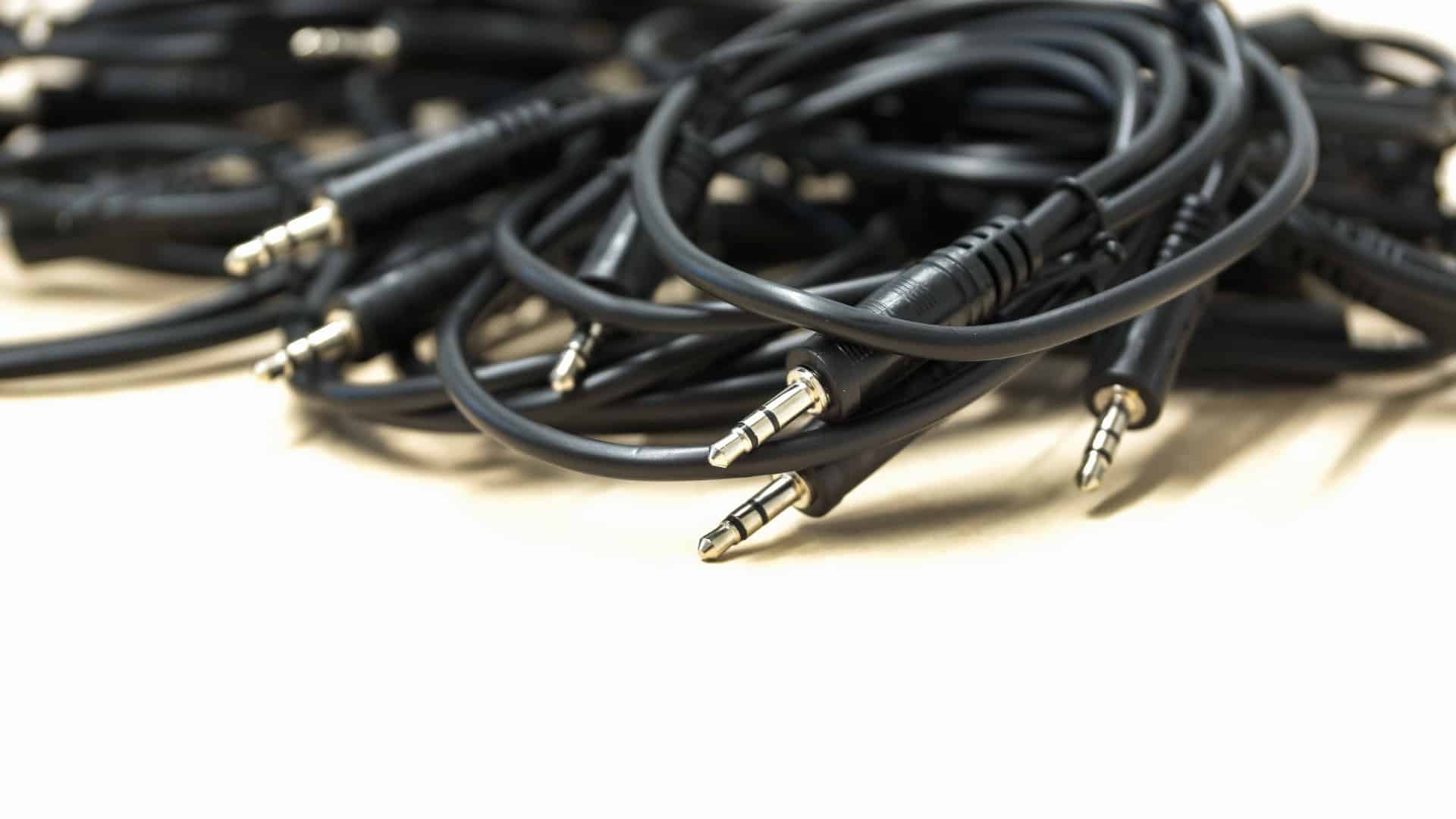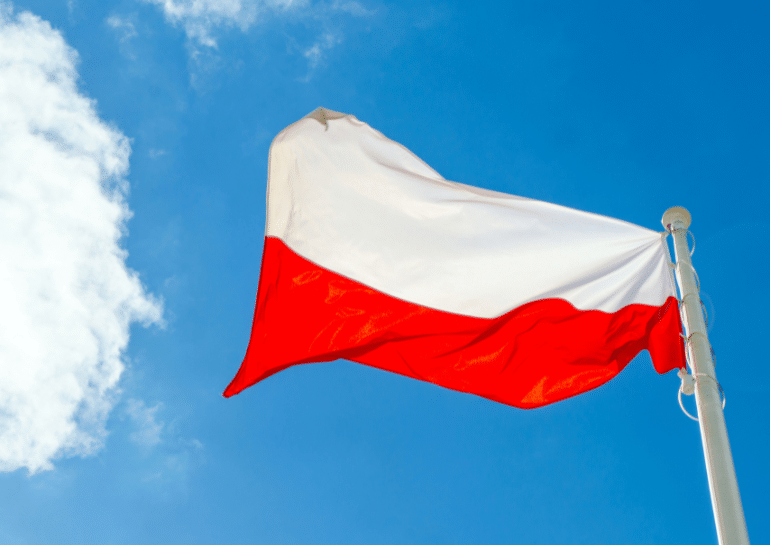The EU’s new Packaging and Packaging Waste Regulation (PPWR) enforces strict recycled content quotas, requiring immediate action from businesses to ensure compliance.
For Quick Readers
- The PPWR mandates specific recycled content targets for all plastic packaging by 2030, ranging from 10% to 35%.
- By 2030, all packaging on the EU market must be designed for recycling, with significant penalties for non-compliance.
- Immediate action is required as the regulation is already in force, and businesses must adapt their packaging and supply chains now.
PPWR Recycled Content: Meet Mandatory 2030 Targets Now
The European Union has fundamentally changed packaging regulations with the new Packaging and Packaging Waste Regulation (PPWR). This regulation replaces the previous directive, establishing uniform, legally binding rules across all member states to reduce packaging waste, which reached over 186 kg per person in 2022. A central pillar of the PPWR is the introduction of mandatory minimums for PPWR recycled content in new packaging. For companies across Germany and the EU, this is not a future challenge—it is an urgent directive requiring immediate strategic adjustments. The deadlines are set, and the time to ensure your packaging portfolio is compliant is now.
The PPWR, which entered into force in early 2025, replaces the nearly 30-year-old Packaging and Packaging Waste Directive (94/62/EC). This transition from a directive to a regulation means the rules are directly applicable and legally binding in all EU member states, eliminating national inconsistencies. The primary goal is to tackle the 40% of plastic used in the EU for packaging and reduce overall waste by 15% per capita by 2040 compared to 2018. This new legal framework mandates that all packaging placed on the market must be recyclable by 2030 and introduces strict PPWR requirements for recycled content. For businesses, this signals an immediate need to reassess supply chains and packaging design. The regulation’s enforcement begins as early as August 2026 for some rules, making swift action essential.
Understand the PPWR’s Regulatory Shift
The PPWR sets clear, non-negotiable targets for post-consumer recycled (PCR) content in plastic packaging, which will be calculated annually per manufacturing facility. These targets are established in two phases, with the first deadline in 2030. Failure to meet these minimums will restrict market access. The regulation specifies different quotas depending on the packaging type and material. Here are the minimum recycled content targets for 2030:
- 30% for contact-sensitive packaging made from PET, such as food trays.
- 10% for contact-sensitive packaging made from plastics other than PET.
- 30% for single-use plastic beverage bottles, a common consumer item.
- 35% for all other types of plastic packaging not specified elsewhere.
These targets become even more stringent by 2040, with quotas rising to as high as 65%. This phased approach requires a long-term strategy, starting with immediate changes to meet the first wave of PPWR compliance.
Meet Mandatory Plastic Recycled Content Targets
While plastics are a major focus, the PPWR’s scope for PPWR recycled content extends to other common materials by 2030. This comprehensive approach aims to boost the circular economy across all packaging sectors. These rules apply to all packaging placed on the EU market, regardless of origin. Companies must prepare for these material-specific obligations to maintain full compliance. The regulation outlines the following minimum recycled content requirements effective from 2030:
- Paper and cardboard packaging must contain at least 70% recycled content.
- Glass packaging is required to have a minimum of 50% recycled content.
- Packaging made from metal must include at least 25% recycled material.
These targets underscore the EU’s commitment to reducing reliance on virgin materials across the board. Explore our recyclable packaging solutions to get ahead.
Prepare for Broader Material Requirements
Ignoring the PPWR is not a viable option for any economic operator, including manufacturers, importers, and distributors. The consequences of non-compliance are severe and designed to enforce the transition to a circular economy. By 2030, all packaging must be designed for recycling, and it will be graded on a performance scale. Packaging that scores below 70% recyclability will be deemed non-compliant and may be barred from the market. This creates a direct financial and operational risk for unprepared businesses. Furthermore, non-compliance can lead to significant fines and restrictions under the Extended Producer Responsibility (EPR) schemes. To safeguard your business, a proactive EPR strategy is essential.
Avoid the High Cost of Non-Compliance
A core principle of the PPWR is that all packaging must be designed for recycling by 2030. This goes beyond simply using recyclable materials; it requires that packaging can be collected, sorted, and recycled at scale efficiently. The regulation will introduce a grading system (A to E), where higher grades reflect better recyclability. By 2038, any packaging rated below Grade B (at least 80% recyclable by weight) will be banned. This means complex, multi-material packaging that hinders recycling must be phased out now. Companies must also minimize packaging weight and volume, adhering to a maximum empty space ratio of 50% for e-commerce and transport packaging. These design constraints demand an immediate review of your entire packaging portfolio, a process detailed in our packaging regulation services.
Implement Design for Recycling Now
The PPWR’s recycled content mandates are a complex but manageable challenge with expert guidance. The 2030 deadlines are fast approaching, and waiting is no longer an option. Every company placing packaged goods on the EU market must have a clear strategy to adapt. This includes auditing your current packaging, securing supply chains for recycled materials, and ensuring your technical documentation is flawless. Proactive compliance is the only way to ensure uninterrupted market access and avoid penalties. The transition requires a deep understanding of the new legal framework and its technical requirements. Do not leave your compliance to chance. Contact Deutsche Recycling today to speak with an expert and ensure your business is fully prepared for the PPWR. Our specialists will guide you through every step, guaranteeing a fast and seamless transition to 100% legal conformity.
Take Action: Your Next Steps for PPWR Compliance
FAQ
What is the main goal of the PPWR?
The main goal of the Packaging and Packaging Waste Regulation (PPWR) is to reduce packaging waste, promote a circular economy by making all packaging recyclable or reusable by 2030, and increase the use of recycled materials to reduce reliance on virgin resources.
Are materials other than plastic affected by recycled content targets?
Yes. From 2030, the PPWR also sets minimum recycled content targets for other materials, including 70% for paper and cardboard, 50% for glass, and 25% for metal packaging.
How can Deutsche Recycling help my company comply with the PPWR?
Deutsche Recycling provides expert-led, full-service solutions for environmental compliance. We analyze your packaging portfolio, develop a strategy to meet all PPWR requirements, including recycled content and recyclability, and manage all regulatory obligations to ensure you achieve 100% legal conformity quickly and efficiently. Contact us for an individual consultation.
What does ‘Design for Recycling’ mean under the PPWR?
Under the PPWR, ‘Design for Recycling’ means that packaging must be manufactured in a way that allows it to be easily collected, sorted, and reprocessed into high-quality secondary raw materials. The EU will establish specific criteria and a grading system, and by 2030 all packaging must meet at least a 70% recyclability score.
Do these rules apply to imported goods?
Yes, the PPWR applies to all packaging placed on the EU market, including packaging for goods imported into the EU. Importers are considered economic operators and are responsible for ensuring the packaging of their products is compliant.
What is the deadline for phasing out PFAS in food packaging?
The PPWR includes a ban on food-contact packaging containing per- and polyfluoroalkyl substances (PFAS) above certain thresholds. This restriction takes effect 18 months after the regulation’s entry into force, which sets the deadline around August 2026.
More Links
German Environment Agency provides data on the recycling and disposal of packaging waste.
German Federal Ministry for the Environment offers an overview of European legislation concerning packaging and packaging waste.
German Packaging Register provides information on market shares related to packaging.
German Federal Statistical Office presents information on waste and recycling in Germany.
European Commission details its initiatives and policies on packaging waste within the broader context of waste and recycling.
German Environment Agency provides insights into increasing the demand and use of recycled plastics.
German Federal Ministry for the Environment offers information on the German Circular Economy Act.
Fraunhofer IVV showcases its work and research on packaging recycling.
European Parliament shares a press release outlining new EU rules aimed at reducing packaging and promoting reuse and recycling.






